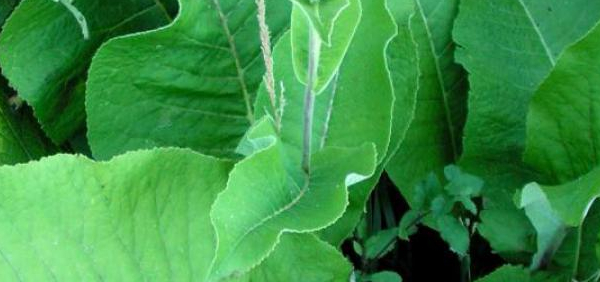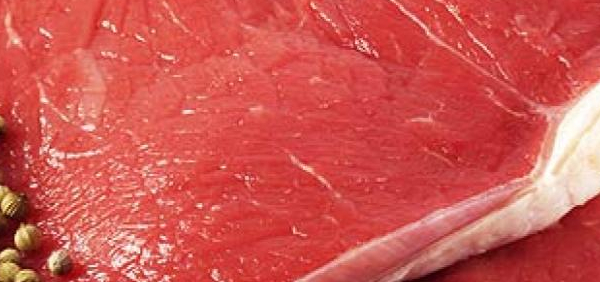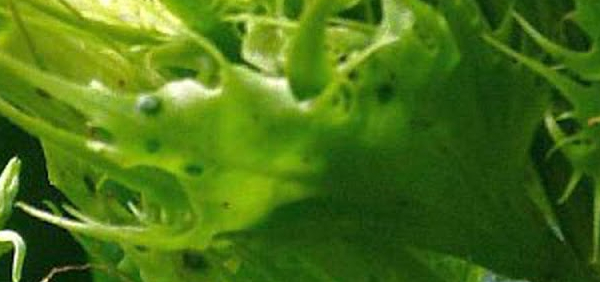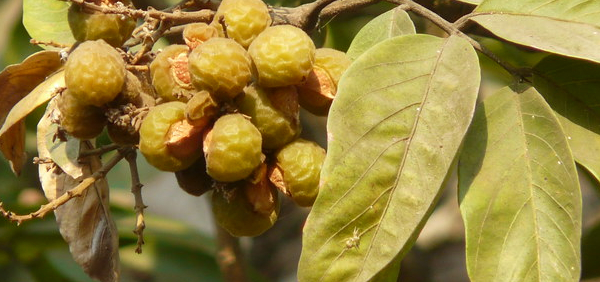arishtaka :
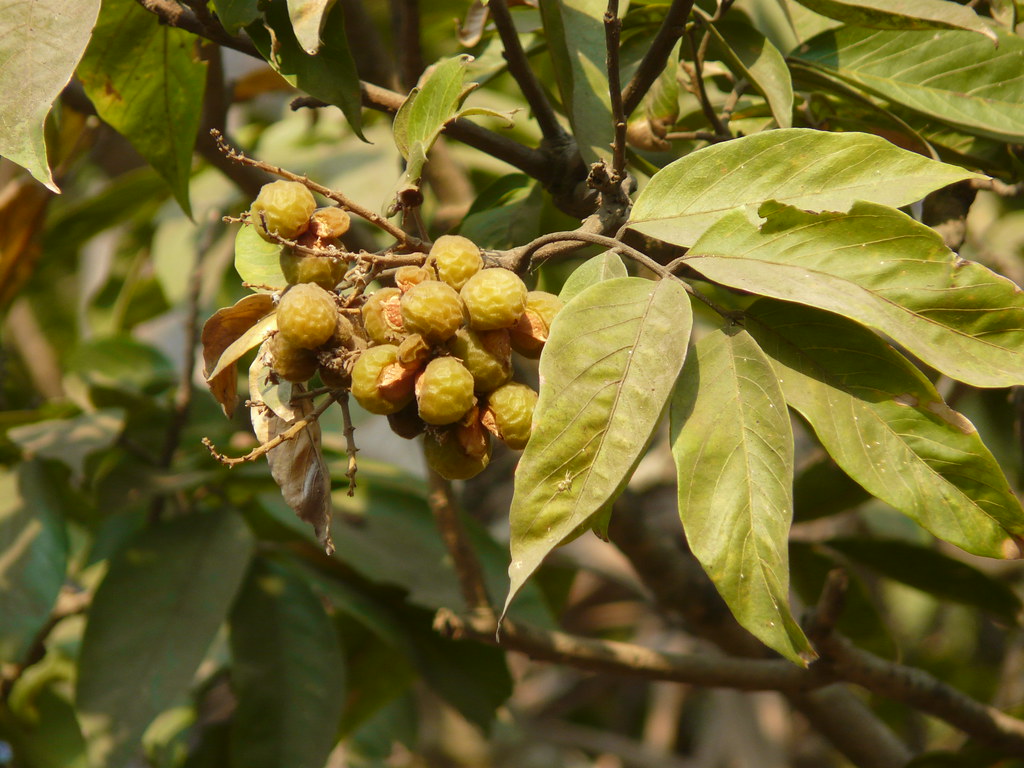
General Use:
Benefits of Soapberries: what the Ayurvedic texts say
Soapberry is called Arishtaka in Sanskrit. The Bhavaprakasha Nighantu has many interesting synonyms for the Soapberry: “Rakta Bheeja”, “Krishna varna” (dark coloured one), “Artha Sadhana (Means to Artha/wealth), Phenila (the soapy / foamy one) and also “Garbha phatana” (the one which breaks Garbha / abortifacient property).
Soapberry: the foam generating fruit
Interestingly the Bhavaprakasha Nighantu says that the Soapberry is not just a cleansing fruit. It is described as a Tridoshghna, a substance that conquers all 3 doshas, and as a dravya with “Graha jith” properties. Grahas can be looked at in 2 ways: mental conditions like schizophrenia, depression, anxiety, etc. Grahas can also be described as a manifestation of dis-ease / poor energy due to unknown causes. For both these conditions Soapberry is indicated in external and internal use. Additionally, when internally consumed, Soapberry is indicated as a Garbha phatana (abortifacient).
Acharya Bhava Mishra has indicated its use in many methods like inhalation, topical application, wound washing and internal consumption. It is used variously in kapha origin lung diseases, in cleansing wounds and also in piles and haemorrhoids.
benefits of soapberries - kapha balance and wound wahsing - acharya bhavamishra
The Madanapala Nighantu describes Soapberry as “Kumbha Veerya”, “Phenila” (foamy fruit), Krishna Bheeja (dark seeded fruit), Pita phena and again “Artha Sadhana” (means to wealth). Just as Acharya Bhava Mishra has described the fruit in Bhavaprakasha Nighantu, here too Soapberry is described as a Tridosha hara, Garbha phataka and Graha Roga nashana. Madanapala Nighantu describe the anti-inflammatory effect of Soapberry. Interestingly this is a common property across many saponin containing plants, including Yucca. In the Madanapala Nighantu, this anti-inflammatory effect is used in diseases like Ama vata (rheumatoid arthritis) and Sandhi vata (inflammatory conditions of the joints).
Raj Nighantu describes Soapberry as “Phenila” (soapy fruit), Reetha (a name we still use in Hindi), Arishta, Kumbha beeja (large seed), Gucchala, Prakriya, and interestingly, “Mangalya” or auspicious. This text describes its gunas as follows: Tikta and Katu rasa (bitter and pungent taste), Ushna Veerya (hot potency), Snigdha (seed contains oil which is unctuous), Vatajit and Kaphaghna (destroys Vata and Kapha. This text also describes its other important medicinal properties. Soapberry is Kushta jith and Kandu jith- vanquishes all skin diseases, and removes any itching based skin disease.
- » Classification and names of arishtaka
- » Synonyms and definitions of arishtaka
- » Drug Properties of arishtaka
- » Chemical Constituents of arishtaka
- » Standardization of arishtaka
- » Parts used and Dosage of arishtaka
- » Morphology and Histology of arishtaka
- » Distribution and Conservation of arishtaka
- » Cultivation of arishtaka
- » arishtaka in the market
- » Medicinal Uses of arishtaka
- » Researches and clinical trails of arishtaka
- » arishtaka in other sytems of medicine
- » Ayurvedic formulations with arishtaka
- » Images of arishtaka





